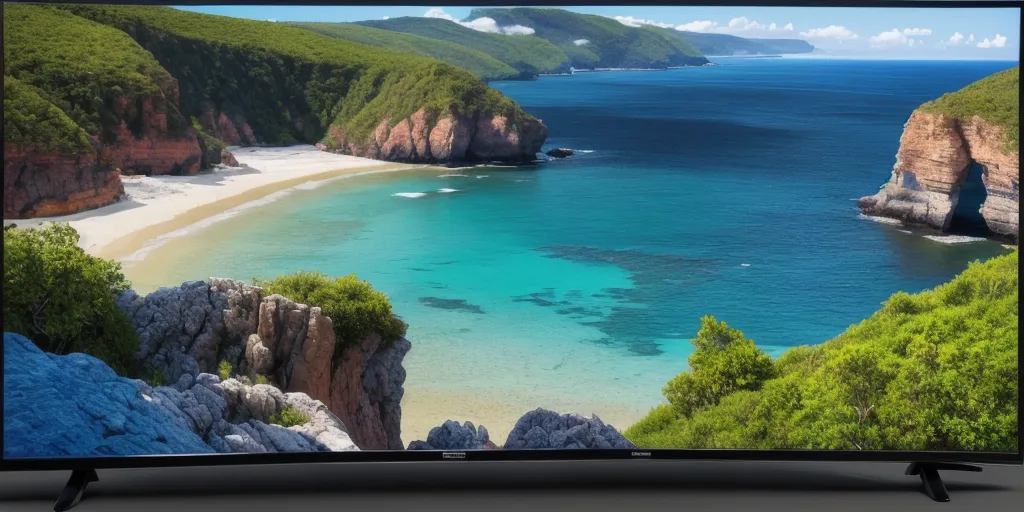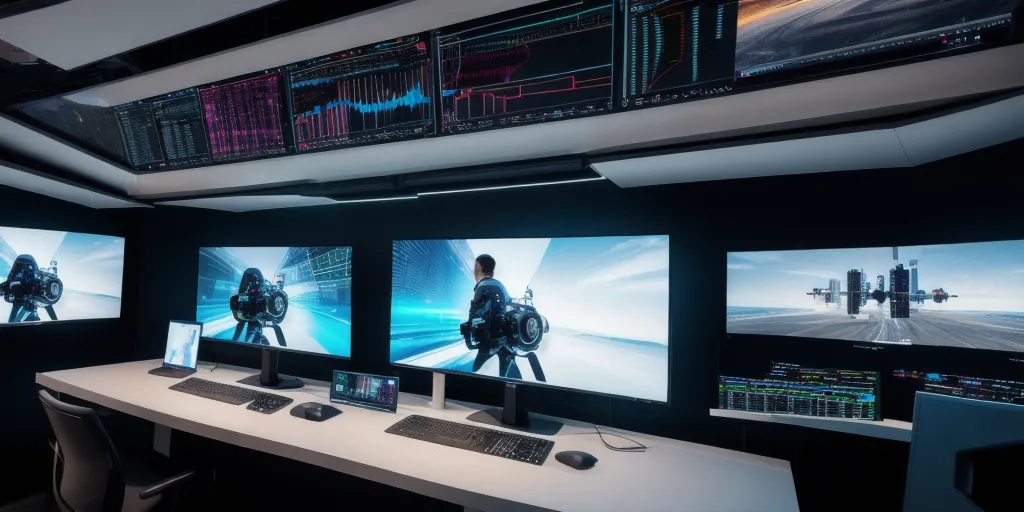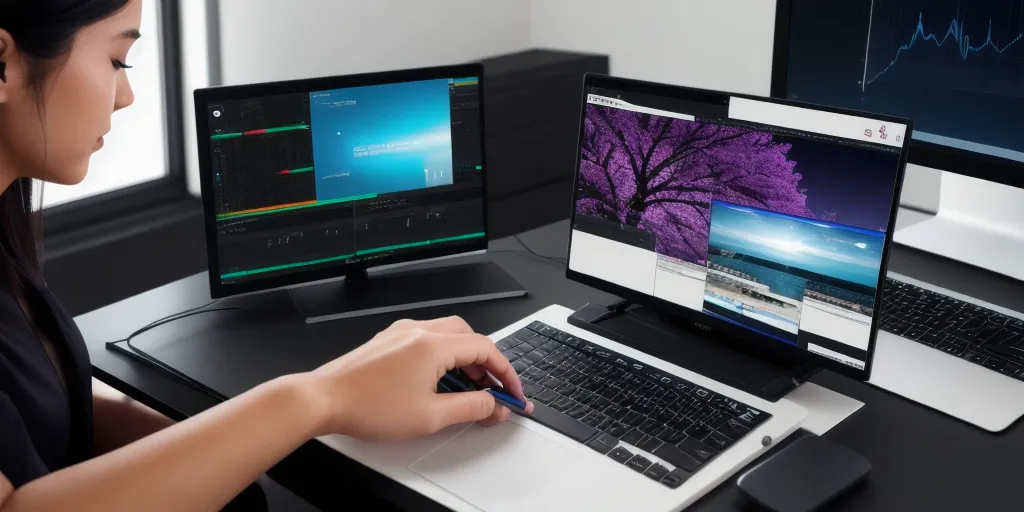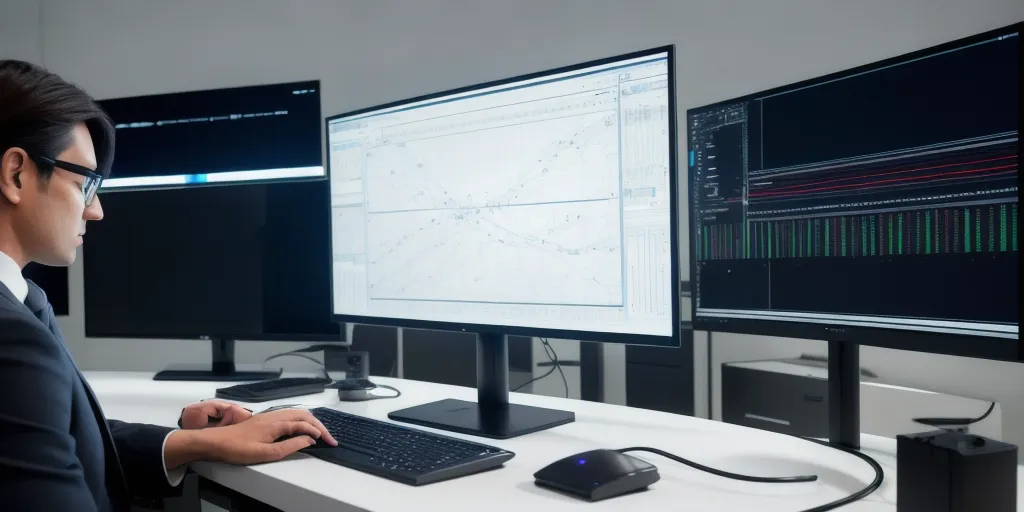Enhancing video quality with AI involves utilizing artificial intelligence algorithms to improve various aspects of a video, such as resolution, sharpness, color accuracy, and noise reduction.
One way to enhance video quality with AI is through the use of machine learning models that can analyze and enhance specific elements of a video frame by frame. These models can help to upscale low-resolution videos, reduce noise, and enhance details to create a more visually appealing and professional-looking video.
Additionally, AI-powered video enhancement tools can also be used to automatically adjust brightness, contrast, and color balance to improve overall video quality. By leveraging AI technology, video creators can save time and effort in post-production editing while achieving high-quality results.
Overall, enhancing video quality with AI offers a convenient and efficient solution for improving the visual appeal of videos, making them more engaging and impactful for viewers.
How can ai algorithms improve video resolution and sharpness?

AI algorithms can significantly improve video resolution and sharpness through a process known as super-resolution. By utilizing deep learning techniques, AI algorithms can analyze low-resolution images and enhance them to produce higher-quality results.
These algorithms work by learning patterns and features from high-resolution images and applying this knowledge to upscale lower-resolution videos. Through this process, AI algorithms can effectively fill in missing details, reduce noise, and enhance overall image quality.
Additionally, AI algorithms can also utilize techniques such as image enhancement and noise reduction to further improve video sharpness and clarity. By continuously learning and adapting to new data, AI algorithms can provide consistent and reliable results in enhancing video resolution.
Overall, the use of AI algorithms in video processing offers a powerful tool for content creators and filmmakers to enhance the visual quality of their videos, ultimately providing viewers with a more immersive and engaging viewing experience.
What role do machine learning models play in enhancing video quality with ai?

Machine learning models play a crucial role in enhancing video quality with AI by utilizing advanced algorithms to analyze and improve various aspects of the video content. These models can be trained to recognize patterns, detect noise, and enhance colors, contrast, and sharpness in videos.
By leveraging machine learning techniques, AI can automatically adjust the video settings to optimize the viewing experience for users. Additionally, machine learning models can also be used to upscale low-resolution videos, reduce compression artifacts, and enhance overall visual quality.
Through the process of deep learning, these models can continuously learn and adapt to new data, resulting in more accurate and efficient video enhancement capabilities over time. Overall, machine learning models enable AI to enhance video quality by intelligently processing and enhancing video content, ultimately providing users with a more immersive and enjoyable viewing experience.
As technology continues to advance, the role of machine learning in enhancing video quality with AI will only become more prominent and impactful in the future.
How do ai-powered tools adjust brightness, contrast, and color balance in videos?

AI-powered tools adjust brightness, contrast, and color balance in videos by utilizing advanced algorithms and machine learning techniques. These tools analyze the visual content of the video frame by frame, identifying areas that need adjustment based on predefined parameters or user input.
For brightness adjustment, the AI tool can automatically increase or decrease the overall luminance of the video to enhance visibility and clarity. Contrast adjustment involves modifying the difference between light and dark areas in the video, making it more visually appealing and dynamic.
Color balance adjustment is achieved by fine-tuning the levels of red, green, and blue channels to ensure accurate and natural-looking colors. AI algorithms can also detect and correct color casts or inconsistencies in the video, resulting in a more balanced and pleasing color palette.
Overall, AI-powered tools use sophisticated image processing techniques to analyze and adjust various visual elements in videos, ultimately enhancing the overall quality and aesthetics of the content.
What benefits do video creators gain from using ai for enhancing video quality?

Video creators can benefit greatly from using AI for enhancing video quality in a variety of ways. Firstly, AI technology can automatically enhance video quality by adjusting factors such as brightness, contrast, and color balance, saving creators time and effort in the editing process.
This can result in a more polished and professional-looking final product. Additionally, AI can help to reduce noise and improve image stabilization, resulting in smoother and clearer videos. AI can also assist in upscaling lower resolution videos to higher resolutions, allowing creators to improve the overall quality of their content.
Furthermore, AI can analyze viewer engagement data to help creators understand what aspects of their videos are most appealing to their audience, enabling them to tailor their content for maximum impact.
Overall, by utilizing AI technology for enhancing video quality, creators can save time, improve the visual appeal of their videos, and gain valuable insights into their audience preferences, ultimately leading to a more successful and engaging content creation process.
You have noted very interesting details! ps decent internet site.Raise blog range